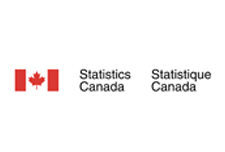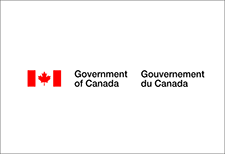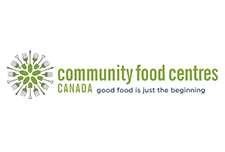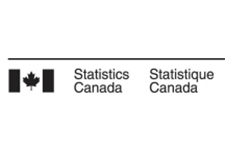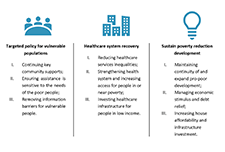Two articles released in Economic and Social Reports provide insights on the poverty rates and changing demographics of racialized population groups in Canada. The article "Poverty among racialized groups across generations," shows that most racialized groups had higher poverty rates in 2020 than White people. The poverty rate was defined using the Market Basket Measure, which is based on the cost of food, clothing, shelter, and other goods and services that represent a modest, basic standard of living.
Differences in poverty rates between racialized and White people were largest among first-generation Canadians and mostly decreased in the second and third generations. However, poverty rates were persistently higher for some racialized groups (Black, Latin American, Arab, Southeast Asian, West Asian, and Korean people) than White people from the first generation to the third generation or more. The gap in the poverty rate between racialized groups and White people was partially due to differences in sociodemographic characteristics. For example, some racialized groups had a high percentage of children and youth and lone-parent households, which are factors that increase the risk of poverty.
The article "Changing demographics of racialized people in Canada," provides new data on the growth of racialized groups and changes in their household structure. From 2001 to 2021, the number of racialized people in Canada increased from 3.85 million to 8.87 million. Most racialized people are immigrants, but an increasing number are Canadian born. Few racialized people have been in Canada for more than two generations. The growth of the racialized population over the past two decades amplifies the consequences of persistently high poverty rates among some racialized groups.

